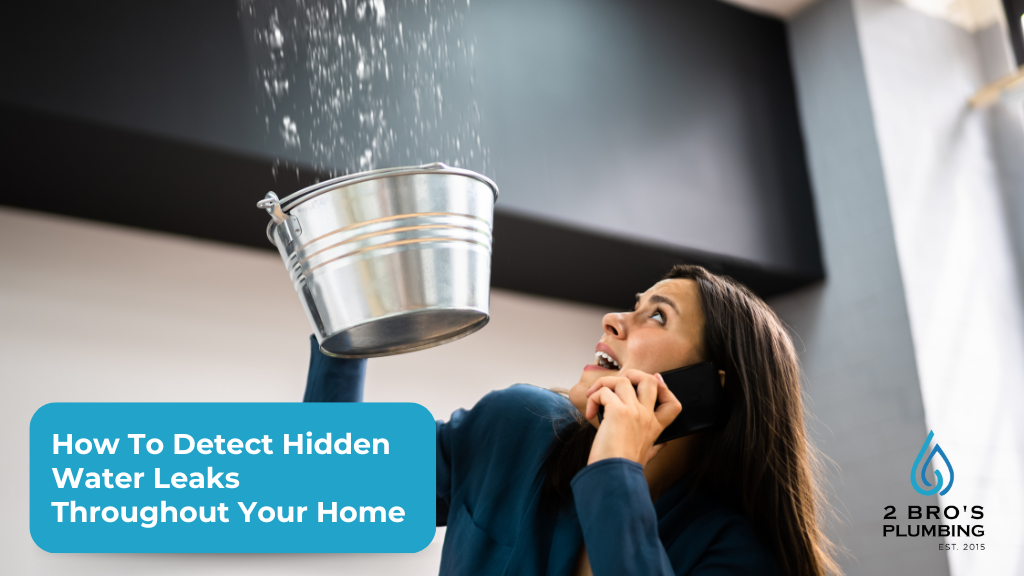Uh oh! We’ve all experienced the dreaded realization of a stopped-up toilet. Arguably, one of the most embarrassing and uncomfortable situations to occur in a household is the act of a flush sending our waste in the opposite direction than what was intended. An overflowing toilet is a plumbing emergency that no one wants to face. So what steps should be taken if your toilet overflows?
Shut off the water supply and locate the cause of the overflow.
To minimize yucky spillage, find the water supply valve for your toilet. It’s generally right behind the toilet bowl, near the wall. To stop the water flow, rotate it clockwise (think “right tighty, lefty loosey”). If this step somehow doesn’t work, you may need to shut off the main water supply to your home. You want to ensure you don’t create a flooding situation in your bathroom.
Now, what caused the overflow to begin with? Let’s be honest. For many of us, it’s because we’ve put far too much toilet paper in the bowl before flushing. But maybe it wasn’t your fault. There could be a clogged drain or sewer line causing the problem. Perhaps a float valve malfunctioned. It’s also possible there is a blocked vent pipe. To clear a blockage, it’s time to pull out the old plunger.
Plunge the toilet.
In some cases, you’ll need to remove some water from the bowl before plunging. In other cases, you may need to add water to the bowl to allow the plunger to do its job. The plunger creates a pressure that helps to dislodge whatever is blocking the pipes. Often, a few plunges is all that is necessary to clear the blockage and get water flowing freely again in the toilet bowl. It’s important, however, to use a high-quality toilet plunger.
According to Doug Mahoney of The New York Times, the Korky 99-4A Max Performance Plunger surpasses all other plungers in pure pipe-clearing power. “We built a transparent toilet-drain mockup and then jammed in a foam ball to simulate a clogged pipe, and while the 99-4A was able to move the ball down the pipe at a rate of 2 to 3 inches per plunge, none of the other plungers could even budge it,” he reports.
Disinfect the toilet and the bathroom floor.
It’s not a fun job but somebody has to do it. Naturally, it’s important to ensure your bathroom is left as clean as possible following a toilet overflow. Carefully remove all water from the floor. If you have a wet/dry vacuum, it’ll certainly come in handy in this situation. These vacuums are designed to quickly remove water from your floors, carpets and furniture.
Once the bathroom floor is as dry as you can get it, put on some gloves (as well as a face mask and eye protection if you need it) and break out the cleaning products. Disinfect the toilet bowl, floors and walls thoroughly. This will help to prevent the spread of harmful bacteria and the likelihood of mould after your toilet overflows.
Contact 2 Bro’s Plumbing!
Do you need a toilet repair or a new toilet to be installed? The 2 Bro’s Plumbing team is here to help you 24/7! Please don’t hesitate to give us a call at 905-556-0790 or email us at admin@2brosplumbing.ca. You may also fill out the form on our Contact page!



